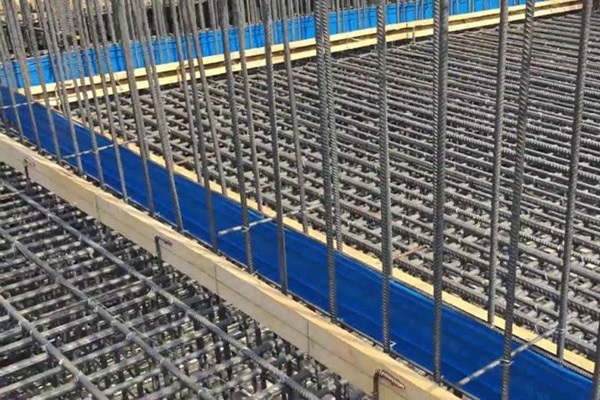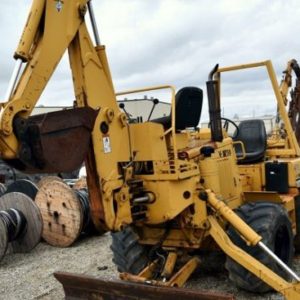Description
Joints are required in most concrete construction. Concrete is subject to physical changes in length, width, height, shape, and volume of its mass when subjected to environmental changes and mechanical conditions surrounding it. The effects may be permanent contraction from drying shrinkage, carbonation, or creep; abnormal changes from chemical reactions of sulfate or alkali attacks; or simply the application of a load on the concrete. As movement of the concrete occurs and is restrained by internal or external conditions, whether permanent or transient, the concrete can relieve the internal stresses by forming a joint commonly referred to as a crack. Designers minimize the unsightly appearance of self-formed cracks by introducing joints into the concrete to accommodate for the movement without loss of structural integrity. Joints may also be used in facilitating and accommodating the construction process.






